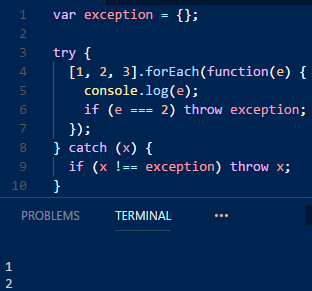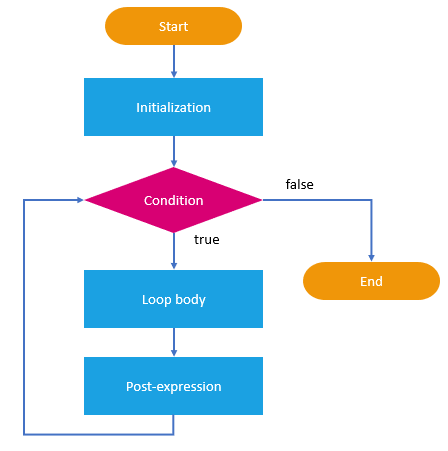
The tests again showed no difference between the loops. So unless the performance is that critical. Writing that many code lines for just a simple sum must have a strong reason, Input for the tests was an array of one million objects with the structure return result The test application uses the benchmark library to get statistically significant results.

We would love your feedback and contributions! Still, when processing large amounts of data in some business intelligence app, video processing, scientific calculations, or game engine, this will have a massive effect on the overall performance.

It doesn’t add up to a significant difference in most applications. Loops are usually three or more times faster than their declarative counterparts. It’s better 99% of the time, but not when performance matters. forEach Array methods over simple loops in JavaScript?”ĭeclarative programming style is very expressive, easier to write, and far more readable. While we partially agree, that got us thinking: He explained that he writes only declarative code, and there’s no point in imperative programming anymore. The for loop is an iterative statement which you use to check for certain conditions and then repeatedly execute a block of code as long as those conditions are met.Once, we interviewed a mid-developer position candidate that couldn’t answer a simple question involving the while loop. We're only going to look at JavaScript in this article, and we'll look at its syntax and some examples. In other words, loops let your code execute one or more statements as many times as desired.Īgain, there are many types of loops, but we will only look at the for loop in this article.Īlmost every high-level programming language, including JavaScript, has a for loop. Loops are computer programs that execute a set of instructions or a block of code a certain number of times without having to write it again until a certain condition is met.

We'll also keep in mind that there are several types of loops, each of which performs a specific function even though they can almost all perform the same common function.

In this article, we will learn what for loops are, how they work, and why we use them. Loops are a programming concept that we constantly encounter and implement as JavaScript developers.Īnd many developers are familiar with loops, but not everyone understands how they work and why or when they should use a specific type of loop.


 0 kommentar(er)
0 kommentar(er)
